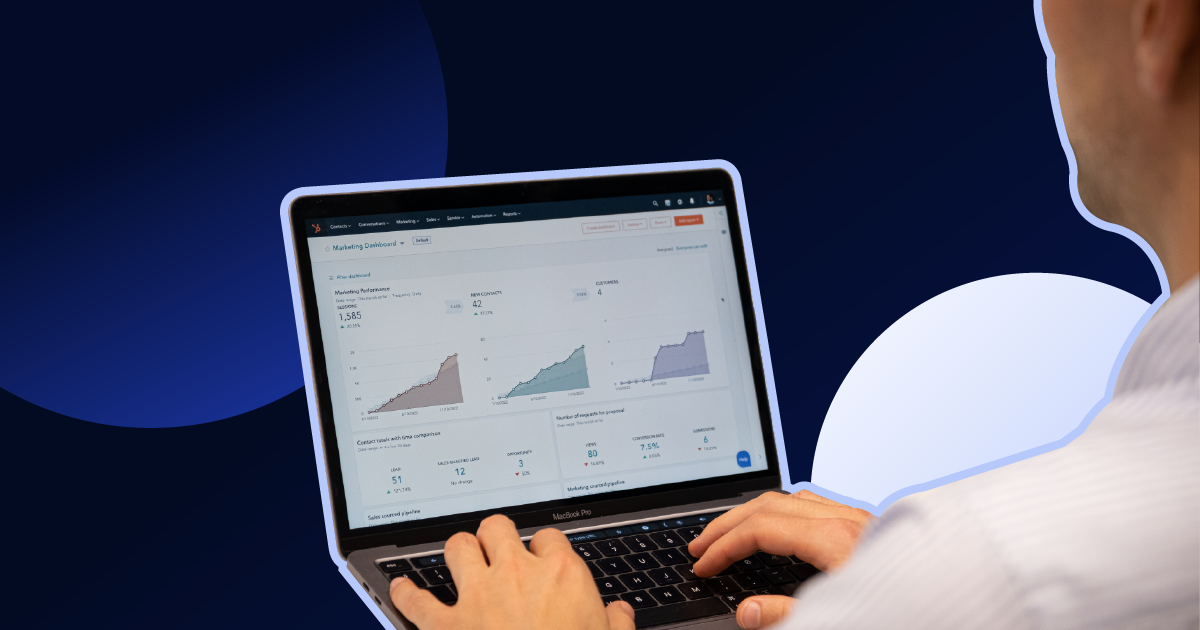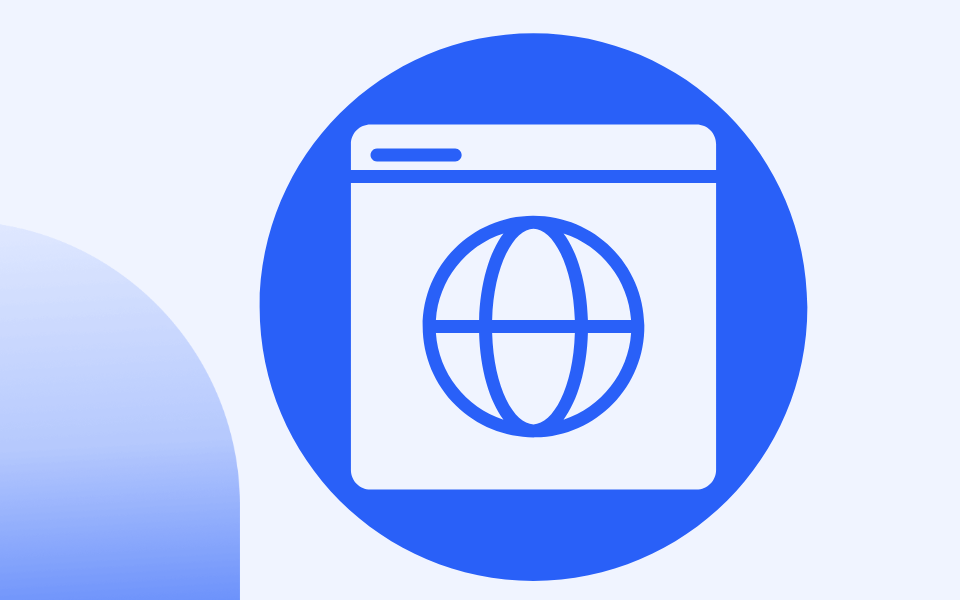Gating content: Should you put your content behind a form?
Ungated content: Is it time to make your content open-access?
Thorstein Nordby
|
14 minutter

For the last decade, the MQL has been the marketer's measure of success. However, the lead generation waterfall has never been as ineffective as it is today.
More companies are starting to ungate their ebooks and stop measuring success based on the number of content downloads they get each month.
But what are the advantages and disadvantages of ungating content?
But what are the advantages and disadvantages of ungating content?
You will learn:
- Ungating content forces you to set KPIs closer to revenue
- Ungated content leads to bigger audience size and reach
- Staying top of mind does not require an email address
- Ungating content can make attribution harder
Ungating content forces you to set KPIs closer to revenue
Marketers are typically measured on metrics such as website traffic, cost per lead, and the number of MQLs they generate each month. But do these metrics drive the right incentives and behaviours?
I don't think they do.
One big disadvantage of the lead generation mindset is that marketers are incentivized to generate a high volume of MQLs instead of focusing on generating quality leads with buying intent.
While marketers are successful at generating a lot of MQLs and pass them to sales, very few of the MQLs will actually convert to customers and closed won revenue.
Why?
Because only a small number of prospects are actively buying at any given time, limiting the pool of potential buyers that are actively looking for a solution like yours.
Marketers try to solve this by upping the MQL goals. This only results in marketing loosening up their lead scoring criteria, reducing form fields, advertising more broadly, and passing poor fit leads to sales.
When making your content open-access, marketers no longer are measured on MQLs. In the absence of traditional metrics, marketers are then forced to set KPIs closer to revenue.
These metrics make marketers more accountable. MQLs are replaced with metrics such as SQLs generated, opportunities created, marketing-sourced revenue, and sales cycle length.
While marketers will generate fewer leads every month (more on that later), it moves the focus away from metrics and behaviors that do not necessarily lead to more revenue.
Ungated content leads to bigger audience size and reach
An open-access model is ideal if audience size and reach are more important than lead volume. Having your content ungated will simply make it easier for more people to access it and consume it.
I am a big proponent of this approach.
With a gated model, you will likely see a big drop-off from the initial click to on an ad or CTA to the thank you page. By making your content open-access, this drop-off is reduced significantly.
Let's use an example:
You get 1000 clicks to a landing page where 20% convert on your gated offer. 200 visitors become leads in your CRM, but only 25% actually consume the content.
If you made the same content open-access, the rate of consumption goes up. While not all of the 1000 visitors would consume the content, 500 people might end up consuming it instead of 50.
Consuming content can be in itself be a conversion driver.
When more people consume your message, more people will understand what you sell and see the value of your product. Simply making people aware and educating them can drive more demo requests.
From an SEO and advertising perspective, it makes a lot of sense to ungate your content.
With advertising platforms such as Facebook and LinkedIn, you can create audiences with people who have visited certain pages. This makes it possible to advertise to them in the future with retargeting.
When it comes to optimizing for search, you will have a higher chance getting backlinks to your content or being found when people are actively searching.
Staying top of mind does not require capturing an email
You might've heard of the term lead nurturing, meaning that you establish contact with a prospect to stay in their top of mind using tactics such as automated emails and lead scoring.
Most companies send emails with links to a blog article, case study or any other relevant offer.
As more channels and tactics have become available to us, I believe that there are other tactics that are more effective than using the check the box” standard format of email lead nurturing.
The buying process is not linear. It is not the sequence of the content that is important. Your case study might work just as great for a cold audience as it would for buyers who are further along in their journey.
You don't have to structure the content in a very specific sequence, and you don't have to funnel people through the same lead nurturing sequence.
Here are some examples of how to stay top of mind in a long B2B sales cycle:
So why should you want to get email addresses so you can nurture contacts and send them more content and make them more aware of your product?
The first one is targeted ads.
Let's say you want to build awareness for your product. You don't have to get their contact information to get a chance to educate them. You can do this with advertising directly on Facebook or LinkedIn.
If you want to highlight a specific feature, you can put the content in the newsfeed without a funnel. Let people consume information that is relevant from them without having to leave Facebook or LinkedIn.
Let's use Facebook as an example.
You have five product features that you want to promote on Facebook. You create one campaign per feature, then make variations in the creative, text and format to see which gets the best response.
This builds awareness in less time and at a lower price. People will develop a greater affinity with your company. They will understand what you sell, what features the product has, and more.
Another way is your personal LinkedIn profile.
Your LinkedIn profile has an amazing organic reach. By simply connecting with people in your target audience and providing them with relevant content, you can reach hundreds or thousands of people.
As an example, by consistently posting 5-7 times per week for four months have resulted in 80 000 views through my own personal profile. Imagine if you and three other colleagues did the same?
By posting content that can be interesting for your audience, LinkedIn might be the most effective way to stay top of mind and stay in front of your target audience for a long time at no cost whatsoever.
You should also consider sales as a channel.
Marketers use channels such as Facebook, LinkedIn, and email to distribute content. If you are working towards closing a targeted list of accounts (ABM), you should also consider sales as a channel.
Instead of reaching out with a generic pitch, salespeople can reach out with the only intent of educating and starting a conversation. This is sometimes called assignment selling.
It's simple:
You send an email with a 1:1 video to make your outreach more personalized.
Then you leverage existing content assets such as case studies and articles that you send to the prospect to start a conversation.
I'm also a big fan of virtual events and podcasts.
Let's say you have a recurring weekly live stream or podcast where you do live interviews with experts, talk to customers, run a Q&A, or host a purely educational session.
The advantage is that people consume podcasts and live streams often when they're doing something else. If the content is good, you can have someone listening to you for an hour or more at a time.
A podcast is not difficult to make. By investing a small amount of money, you can build a following in your niche in a relatively short time. On top of that, audio and video can be repurposed as well.
If you are in the sales process and you might not win the deal, or they might have to get back to you at a later stage. A podcast can be a great way to stay top of mind over a long period of time.
Ungating makes attribution harder
Gated content is easy to measure. You can put in a certain amount of advertising spend, calculate the number of leads you generate per lead source and measure conversion rate to SQL and Customer.
This becomes less clear with an open-access model. It is hard to measure how marketing in awareness channels such as LinkedIn and Youtube leads to more opportunities and deals down the line.
Ungated content is a problem for B2B marketers who feel the need to track everything and achieve a very specific, measurable outcome for every marketing campaign.
I'm not against attributional reporting, but there are so many holes in attribution software that it's almost impossible to understand all the touchpoints in the buying process.
If you are considering moving to an open-access model, you need buy-in from management and be comfortable with not being able to measure every campaign or piece of content.
Companies won't buy from you if they don't know about you. You have to run campaigns that focus on building brand awareness, getting website traffic, and educating your market.
You need to run those campaigns without any intent to get visitors on your website to fill out a form.
It can be a hard sell for CMOs because it's more complicated to show the return on investment on these types of campaigns, but you need them to move people from being unaware to being most aware.
Conclusion
Should you gate or ungate your content? While you might prefer one over the other, it might not be practical for most companies to ungate all their assets and run with an open-access model.
Marketers are usually required to generate leads for sales in the short-term. While I suggest transitioning to an open-access model over time, you could do a mix between gated and open-access.
If you have the full content asset on your landing page and you have to gate it, you could take the best parts - the data, the polls, the statistics, etc - from each section, and make that content open-access.
You can then use this engagement to drive more people to the landing page. Then if the audience wants to get the full offer, they can download it.


